
With a gentle smile, the monk began to weave a tale of timeless significance
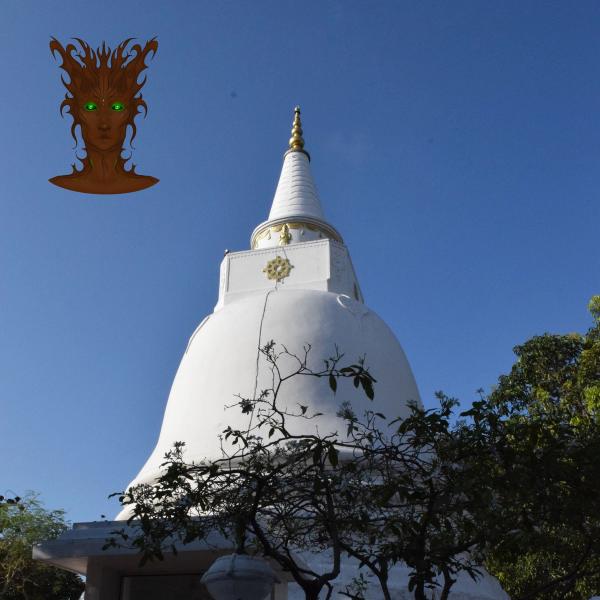

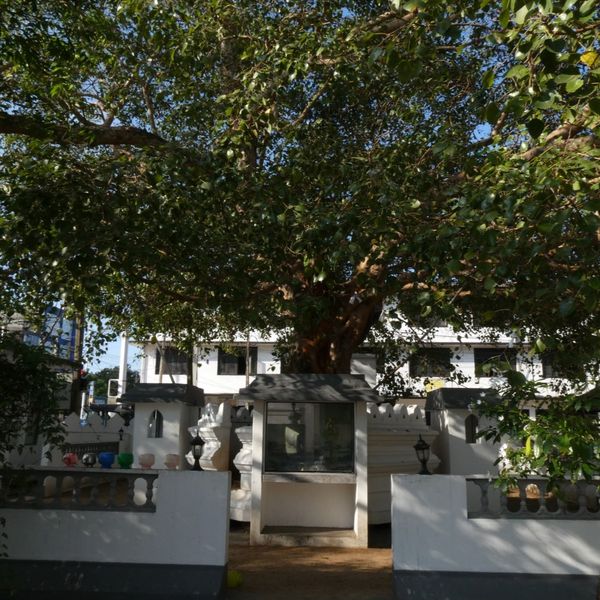
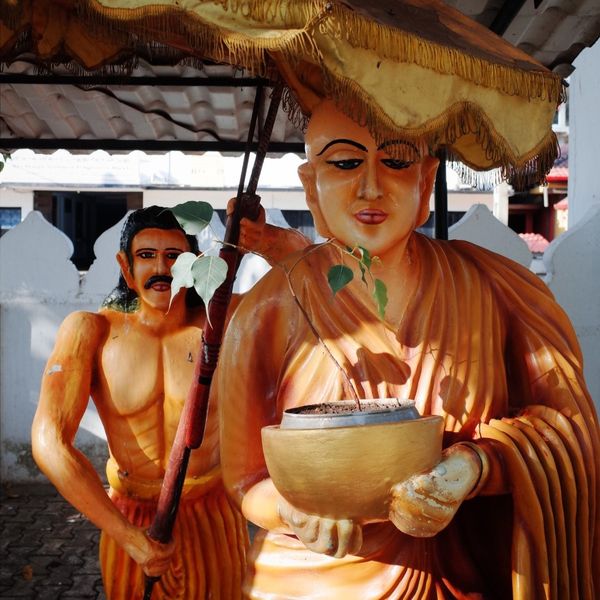
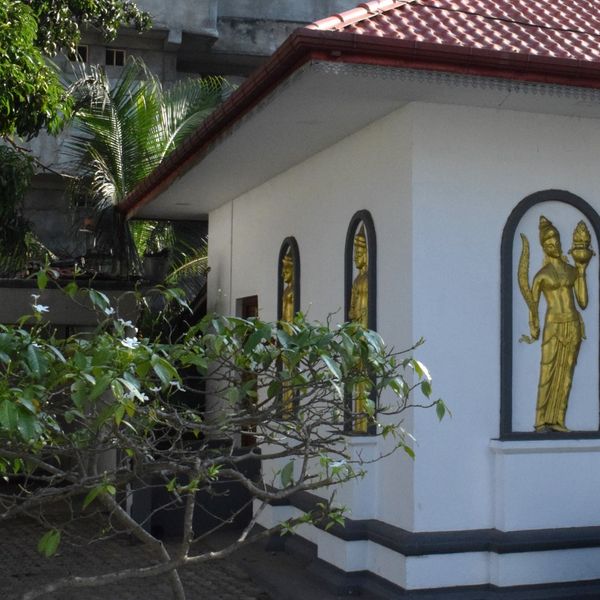
- Sri Naga Vihara international Buddhist Centre, Jaffna 40000
- Mon / Fri = 24/7 open Saturday 12 mn - 10pm Sunday it is closed
- +94 212 222 014
- Website

At the ancient Buddhist temple Sri Naga Vihara I found myself in deep conversation with a venerable monk, drawn by the question, "But, why do people come here?"
The arrival of Buddhism in Sri Lanka
With a gentle smile, the monk began to weave a tale of timeless significance. He recounted the journey of Queen Sangamitta from India, carrying with her the essence of Buddhism to distant lands.
A turbulent past
According to the monk, each colonising nation—Dutch, Portuguese and British—left its mark on religious places, including this temple. On the 11th of April 1984, during the Civil War, Sri Naga Vihara was bombed.
Despite the tumultuous tides of history marked by colonial imprints and the ravages of war, the spirit endured. The monk spoke of a resilient faith rooted in the belief in unity and prosperity amidst attempts to sow division. As our dialogue unfolded, my fascination deepened, particularly towards the rituals involving the Bodhi trees.
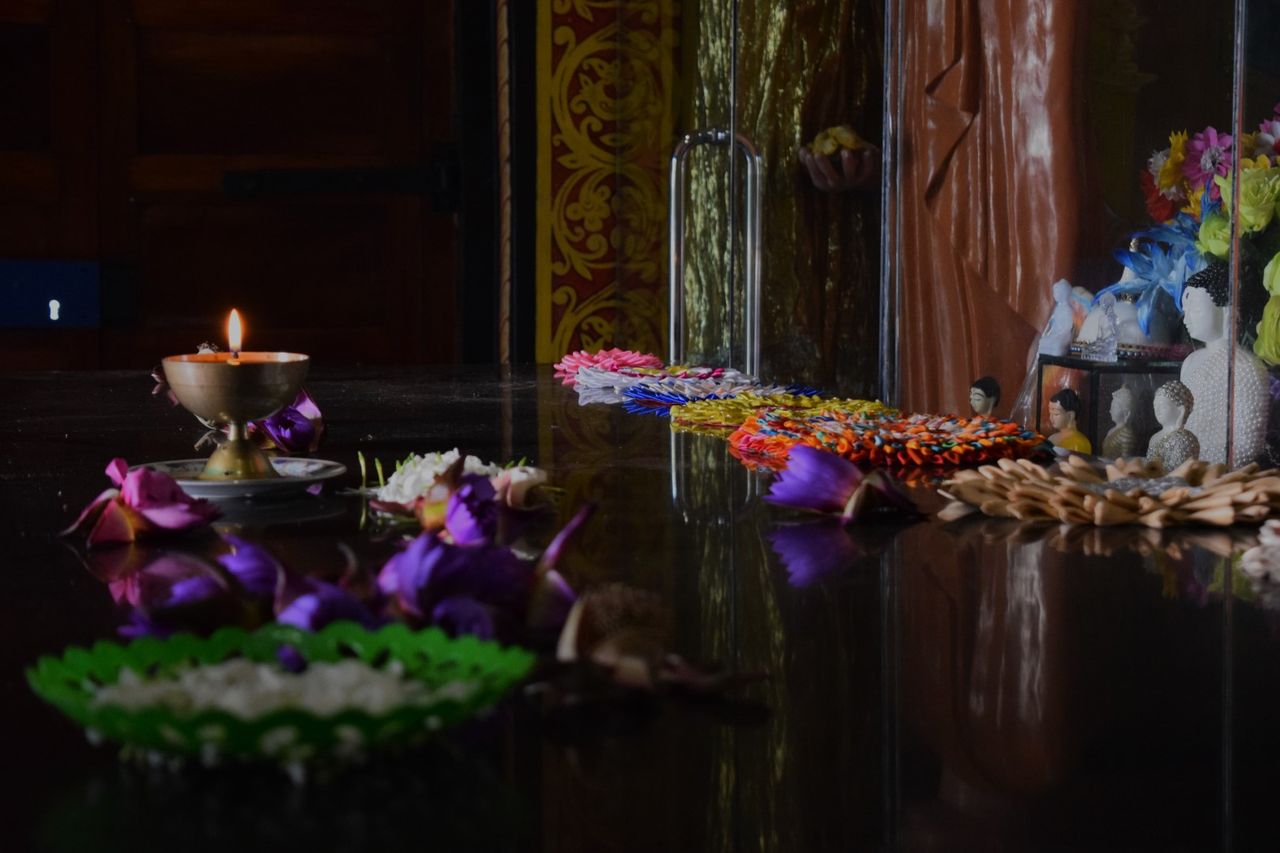
Significance of the Bo Tree
It was here, in this sacred space, that the roots of spirituality took hold, where saplings from the revered Bodhi tree were planted more than 500 years ago.
With reverence, he described the rituals of prayer and meditation, where devotees would shed their earthly burdens and seek inner peace. "Let my mind be peaceful," the monk whispered, echoing the timeless wisdom of those who sought solace beneath the sacred boughs.
Lord Buddha meditated and became enlightened under the sacred Bo tree, which provided shade and protection to Him. The tree is a beacon of enlightenment and tranquillity.
The Bodhi tree is sacred not only in Hinduism but also in Buddhism. Despite the shared symbolism, they also share differences in how they are perceived. I was taken by this Buddhist chant for offering flowers to the Buddha or a Bo tree:
This flower will wilt by the end of this day. My body will do the same one day and become earth one day. Let my mind be peaceful, free from anger, hatred or suffering. Let me show compassion to everybody.
